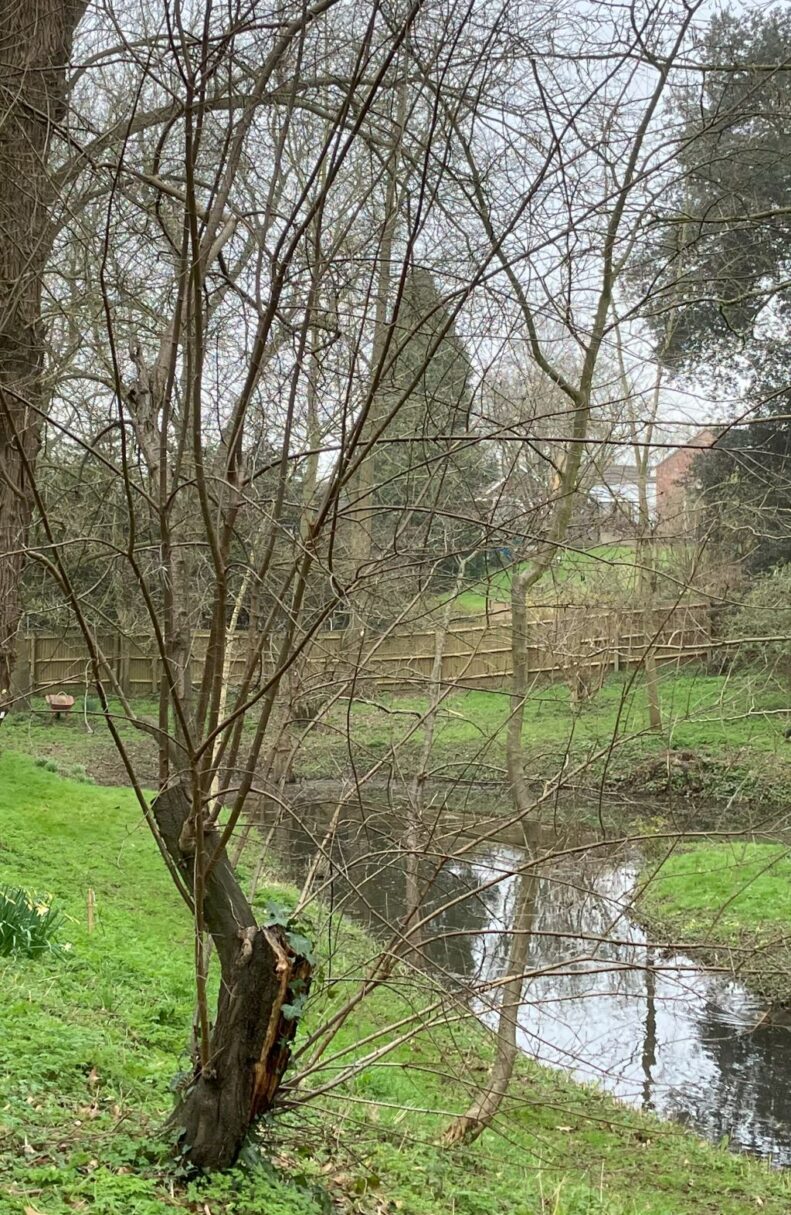#74 PURGING BUCKTHORN
Rhamnus carthartica

Planted: 1928
This tree is on the north side of the Grass Path.
| Distribution: | Native to Europe(including the south of the British Isles), north-west Africa and western Asia Introduced to North America as an ornamental shrub in the early 19th century and naturalised in the northern half of the continent. An invasive plant in several U.S. states and Ontario, Canada. |
| Planting Date: | 1928 purchased from James Smith (Scotland Nurseries), Tansley, Matlock, Derbyshire. |
| Growth Habit: | A deciduous small tree, often with thorny branches. |
| Bark: | Grey-brown |
| Leaf: | Elliptic to oval, 25 to 90 mm long and 12 to 35 mm wide. They are green, turning yellow in autumn, and are arranged variably in opposite to sub-opposite pairs, or alternately. |
| Flowers: | Yellowish-green, with four petals. Dioecious and insect pollinated. |
| Fruit: | A globose black drupe 6 to 10 mm across, with two to four seeds. |
| Toxicity: | The seeds and leaves are mildly poisonous for humans and most animals, but are readily eaten by birds, who disperse the seeds in their droppings. |
| Potential tree size: | 10 m |
| Uses: | The bark and fruit were used as a purgative in traditional medicine but no longer used for this purpose on account of the fruit’s violent action and potentially dangerous effects on the body. The wood is hard and dense, and the bark yields a dye. |
| Plant Hunter: | Native in the south of the British Isles. |
| Introduction Date: | Native |
| Anecdotes and Comments: | Alternative common names: European Buckthorn, Common Buckthorn, or just Buckthorn. Used as a purgative in some monastic settings. When the latrine pits of the Benedictine Abbey at St Albans were excavated in the 1920s, great numbers of buckthorn seeds were found mixed up with the fragments of cloth – used by the monks as lavatory paper. |